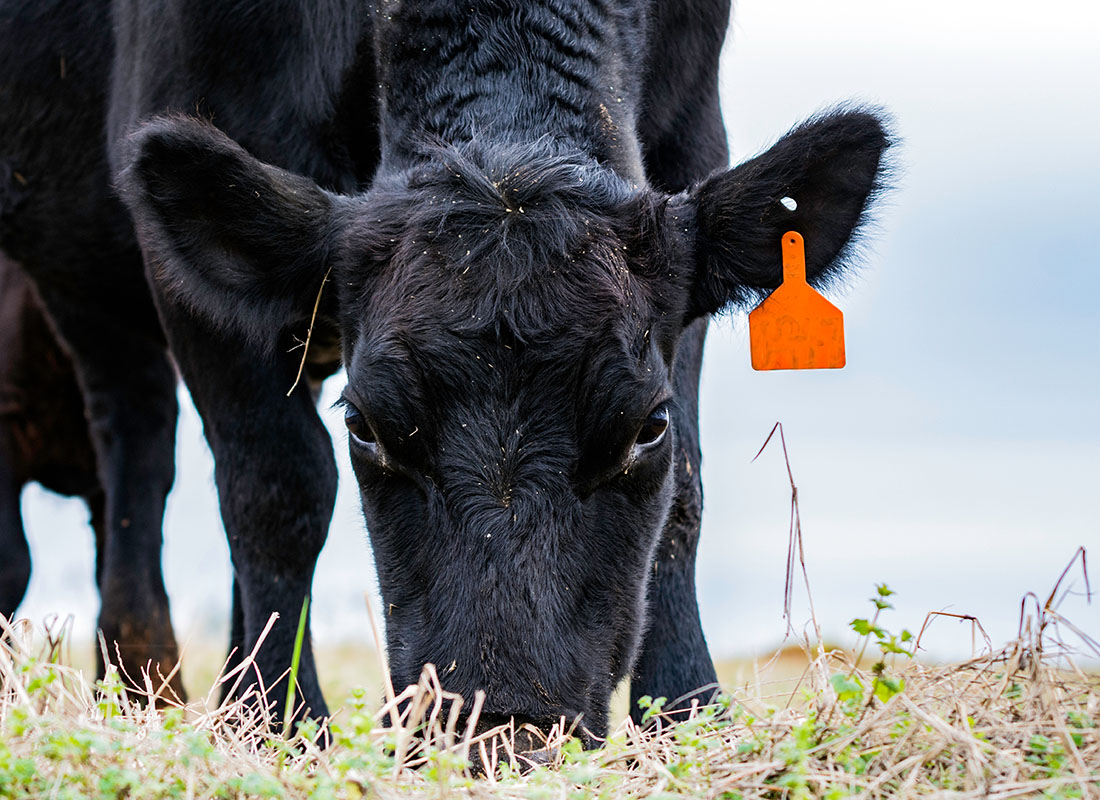Understanding Animals Threat Defense (LRP) Insurance: A Comprehensive Overview
Navigating the realm of animals threat protection (LRP) insurance coverage can be an intricate endeavor for numerous in the agricultural industry. From exactly how LRP insurance policy works to the various protection options offered, there is much to reveal in this comprehensive guide that could potentially shape the method animals producers come close to danger administration in their services.
.png)
How LRP Insurance Policy Works
Occasionally, understanding the mechanics of Livestock Threat Defense (LRP) insurance policy can be intricate, but breaking down how it works can supply clearness for farmers and herdsmans. LRP insurance is a risk management tool developed to secure animals manufacturers versus unforeseen price declines. It's important to note that LRP insurance is not an income assurance; instead, it focuses solely on rate threat defense.
Qualification and Insurance Coverage Options

When it comes to coverage alternatives, LRP insurance supplies manufacturers the versatility to select the protection level, coverage period, and recommendations that ideal fit their danger administration needs. By understanding the eligibility standards and insurance coverage choices offered, livestock producers can make enlightened decisions to take care of threat properly.
Advantages And Disadvantages of LRP Insurance Coverage
When examining Livestock Threat Defense (LRP) insurance coverage, it is vital for livestock manufacturers to evaluate the advantages and disadvantages fundamental in this risk monitoring device.

One of the main advantages of LRP insurance is its capability to provide security versus a decrease in livestock costs. This can aid safeguard producers from monetary losses arising from market fluctuations. Furthermore, LRP insurance policy offers a level of versatility, permitting manufacturers to customize protection degrees and plan periods to match their details needs. By locking in an ensured cost for their animals, producers can much better take care of threat and prepare for the future.
One limitation of LRP insurance policy is that it does not safeguard against all types of threats, such as illness outbreaks or natural disasters. It is critical for manufacturers to thoroughly analyze their private risk direct exposure and financial situation to determine if LRP insurance policy is the right risk monitoring tool for their procedure.
Recognizing LRP Insurance Coverage Premiums

Tips for Taking Full Advantage Of LRP Conveniences
Taking full advantage of the advantages of Animals Risk Security (LRP) insurance coverage calls for calculated preparation and proactive danger administration - Bagley Risk Management. To take advantage of your LRP coverage, think about the complying with pointers:
Routinely Examine Market Problems: Keep informed about market trends and price variations in the animals sector. By keeping track of these factors, you can make educated choices regarding when to buy LRP protection to secure versus prospective losses.
Establish Realistic Protection Levels: When selecting coverage levels, consider your manufacturing prices, market price of animals, and possible dangers - Bagley Risk Management. Setting sensible insurance coverage levels guarantees that you are appropriately secured without paying too much for unnecessary insurance
Diversify Your Coverage: As opposed to relying solely on LRP insurance, consider expanding your danger administration techniques. Combining LRP with various other danger administration tools such as futures agreements or choices can offer comprehensive insurance coverage versus market uncertainties.
Testimonial and Readjust Coverage Routinely: As market problems alter, regularly assess your LRP coverage to guarantee it lines up with your current threat exposure. Adjusting protection levels and timing of acquisitions can help maximize your risk defense technique. By following these ideas, you can make best use of the benefits of LRP insurance and guard your livestock procedure against unpredicted threats.
Verdict
In conclusion, livestock danger defense (LRP) insurance coverage is an important tool for farmers to handle the financial threats associated with their animals procedures. By understanding just how LRP works, eligibility and protection alternatives, as well as the pros and disadvantages of this insurance, farmers can make educated choices to shield their incomes. By meticulously considering LRP premiums and carrying out approaches to take full advantage of advantages, farmers can mitigate potential losses and guarantee the sustainability of their procedures.
Animals manufacturers interested in obtaining Livestock Risk Security (LRP) insurance coverage can discover an array of qualification criteria and coverage options tailored to their specific livestock procedures.When it comes to insurance coverage alternatives, LRP insurance offers producers the flexibility to choose the insurance coverage level, coverage period, and endorsements that ideal fit their threat management needs.To grasp the complexities of Livestock Risk Protection (LRP) insurance fully, understanding the factors affecting LRP insurance policy costs is critical. LRP insurance policy costs are figured out by different aspects, including the coverage degree selected, the expected price of animals at the end of the protection period, the type of animals being guaranteed, and the length of the coverage duration.Evaluation and here Change Coverage Routinely: As market problems transform, periodically review your LRP insurance coverage to guarantee it aligns with your existing danger exposure.